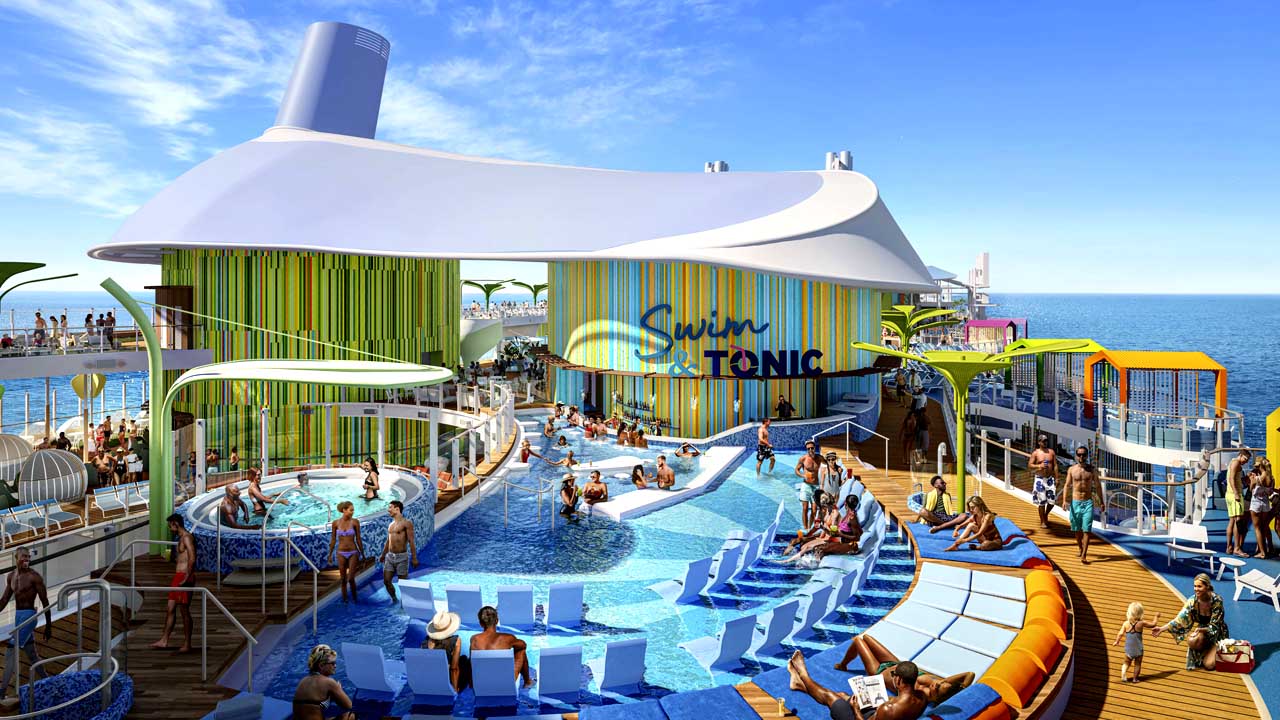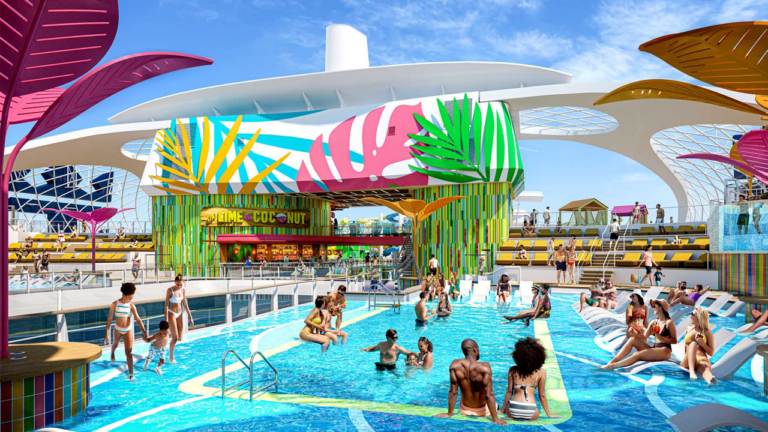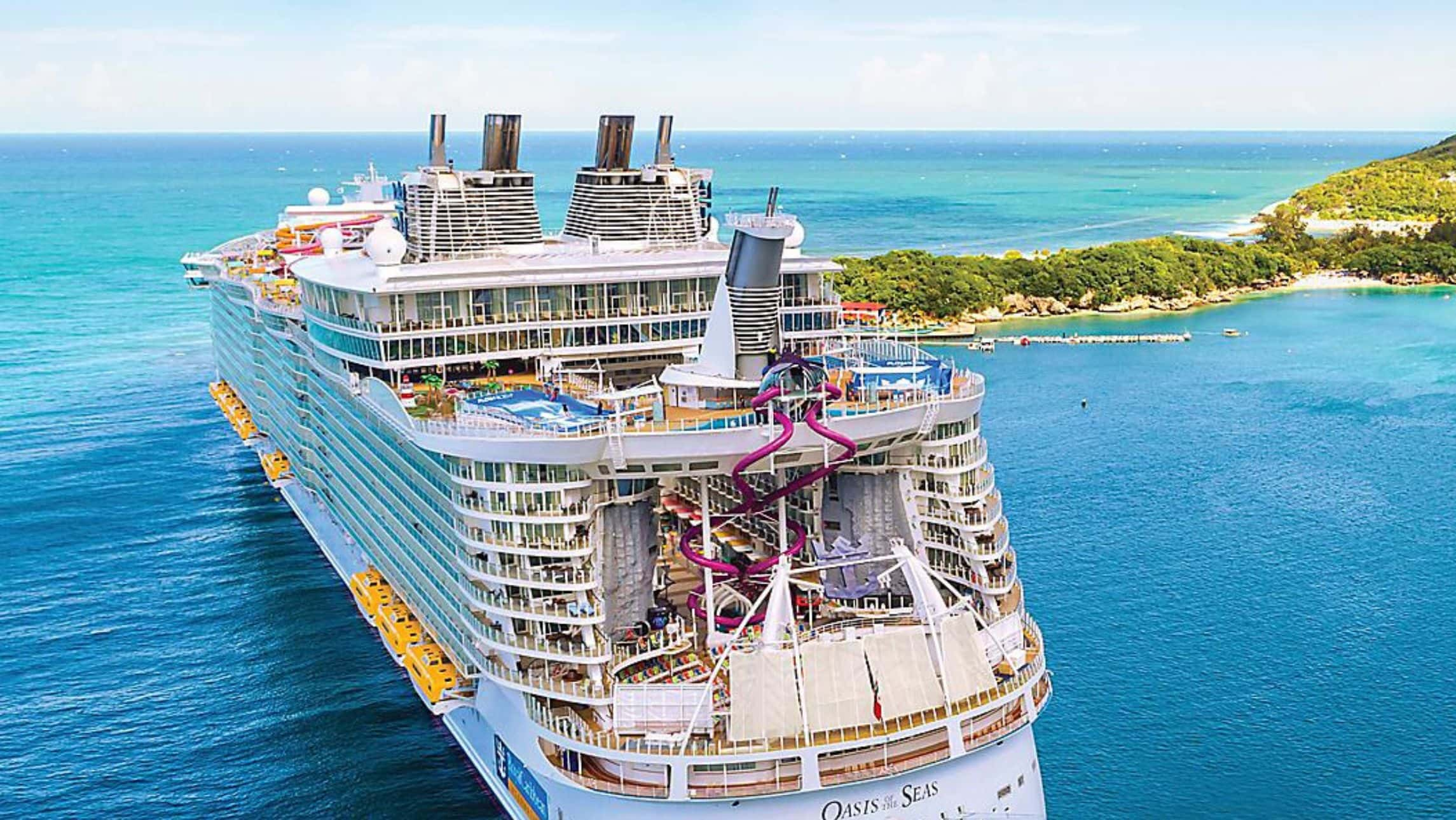Booking a bucketlisted cruise adventure could be both exciting and overwhelming on the part of first-time cruisers and being familiar with the different cruise lingos and industry vocabulary is beneficial to experience cruising to the fullest.

Being familiar with cruise lingos, cruising vocabulary, different industry terms, nautical jargon and even passenger slang moulds the cruising culture and somehow paves the way for guests to effectively communicate with fellow passengers especially with crew members. Also, understanding these lingos elevates one’s cruising experience as it gives guests a feeling of being a seasoned traveller even if it’s just their first time cruising.
In addition, this article will help Aussie cruisers and travellers ease, if not eliminate, the ‘language barrier’ brought by unfamiliar nautical terms and cruising jargon.
On this page
Cruise terms and jargon
Aft
The aft is considered as the inside rear section of the cruise ship.
Bow
The bow is the front section of the ship where the anchor, the bulbous bow, as well as the bow thruster are usually located.
Bridge
The bridge is considered the vessel’s command centre. It is also referred to as the command deck.
Cabin or Stateroom
The ship’s cabin also called the stateroom, is the guests’ private room or the passenger’s living quarters onboard the ship.
Deck
The deck refers to the level or the floor on a cruise ship.
Disembarkation
Disembarkation refers to the process of leaving the vessel at the end of the cruise or during port calls.
Embarkation
Embarkation is the process of checking in and boarding the ship at the start of the cruise.
Formal Night
A formal night refers to an evening event onboard the ship where guests are asked to dress up in formal wear for dinner and special events.
Galley
The cruise ship’s galley refers to the kitchen or the cooking area.
Gangway
The gangway is a cruise lingo that refers to the ramp, the staircase, or the walkway used to board or exit the vessel.
Gratuities
Gratuities refer to the service charge or tip added to the passenger’s onboard account usually distributed among crew members for their exceptional service.
Lido Deck
The lido deck is the open deck area of the vessel that houses the swimming pools, loungers, and some casual dining hubs.
Midship
Midship is a jargon which simply means the middle of the ship. It’s the part of the ship halfway between the bow and the stern.
Muster Drill
A muster drill is one of the cruise lingos which refers to an exercise that prepares guests for safe evacuation during emergency situations. Additionally, this drill also enables guests and crew to be familiar with the ship’s escape routes.
Porthole
A porthole is a circular window located in the ship’s hull allowing light and air to enter.
Promenade
A promenade is an open deck that extends around the ship’s perimeter, big enough to accommodate huge crowds and allows guests to walk around.
Repositioning Cruise
A repositioning cruise refers to a one-way voyage where a ship sails from one region to another. This happens when a certain cruise ship offers itineraries to other destinations or changes seasonal homeports.
Sea Day
Sea Day refers to the entire day spent sailing without stopping at any port.
Shore Excursion
A shore excursion refers to an organised activity off the ship during a port call.
Starboard
Starboard refers to the right side of the ship when facing the bow.
Stern
The stern is the opposite of the bow. It is the outside rearmost section of the ship. For most vessels, the stern houses the vessel’s engine room and large dining areas.
Tender
A tender refers to a small boat that ferries guests ashore. Tending happens on situations where a ship is too large to dock in a certain port during port calls.









Comments are closed.